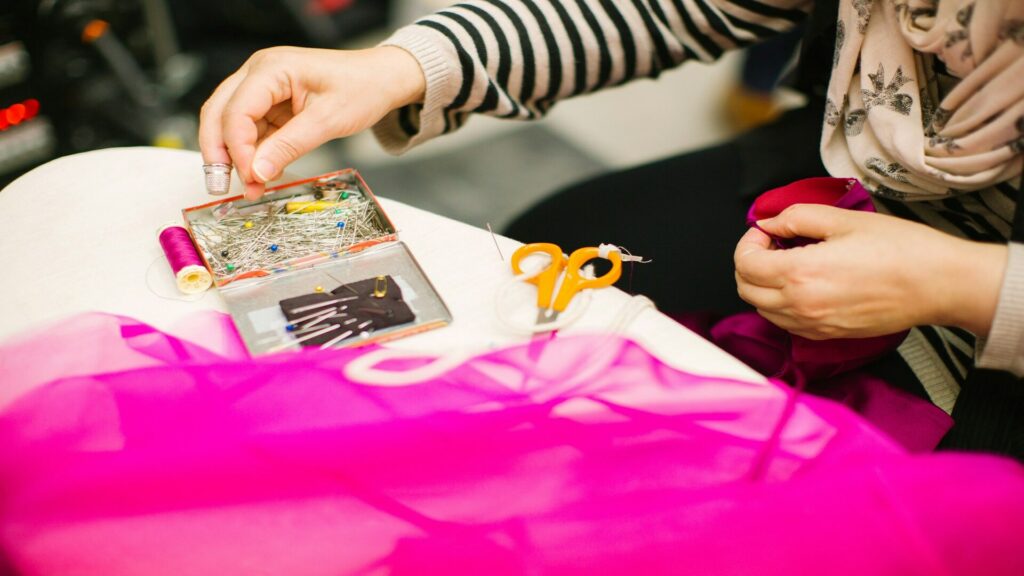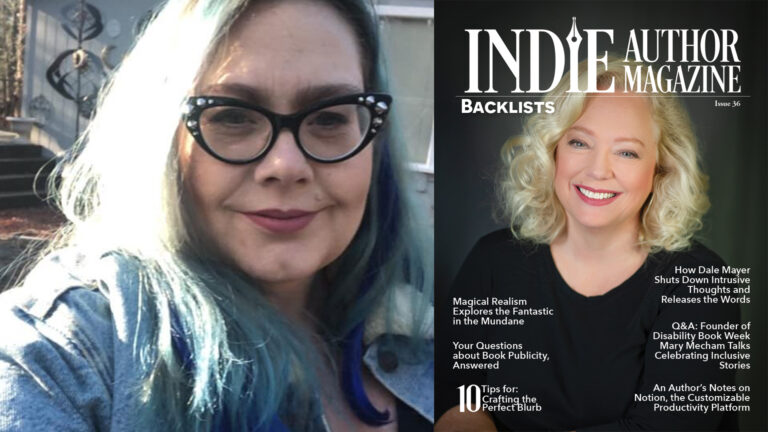Form-fitting clothes are hard to find in the world of fast fashion, where patterns are tailored to fit the “average” body and not an “individual” body. Even at higher-end clothing stores and boutiques, customers all too often find what looks like the perfect article of clothing only to be disappointed by too-long hems, loose waistbands, or unflattering bust seams.
Another common problem with modern fashion is its tendency to wear out quickly. People gain or lose weight, their clothes get worn or discolored, and their favorite garments regrettably wind up in the trash.
Both of these problems have a common solution: alteration. However, the art of altering clothes can be difficult to understand. Do you know what a dart is? Have you ever heard of an invisible stitch? How much do you know about pattern drafting? Even people who are comfortable using a sewing machine and a serger may struggle to understand how to correctly alter a pre-existing article of clothing at first.
Luckily, there are plenty of books dedicated to the subject. For the aspiring tailor who doesn’t know where to begin looking, here are a few guidebooks to altering your garments that are worth a recommendation.
1. Mending and Alterations Made Simple: A Complete Guide to Clothes Repair by Anna de Leo
This book is an excellent primer that will help you extend the life of your clothes. It teaches many basic tailoring skills, such as altering hemlines and darning holes, and includes a beginner-friendly glossary of terms. Explanations are aimed at a beginner level, with information on everything from handspring to darning holes. Concepts are further explained via a variety of useful photos.
2. Pattern Making for Fashion Design by Helen Joseph-Armstrong
This book is often used in fashion and design schools to teach lessons on pattern drafting. The concepts in this book are more advanced than what you may need for simple alterations, such as shortening a hemline, but will help you better conceptualize how pieces of clothing are constructed and sewn together. The illustrations are simple and clean, with easy-to-understand explanations of common sewing terms and their uses.
If you are looking to make more advanced alterations, such as to the bust darts of a blouse, this is a good book to reference.
3. The Fashion Designer’s Textile Directory by Baugh Gail
Finally, it’s important to understand that not all fabric behaves the same. We’ve found this book to be an excellent guide on textiles, with its detailed explanations of common fashion industry fabrics. Each section includes detailed information on a particular type of fabric, including its recommended uses, strengths, and weaknesses. It was written with original garment construction in mind, but knowing that you shouldn’t iron rayon or that satin might slip in your sewing machine is essential information for a tailoring job well done!
Even at the beginner level, tailoring can be a daunting concept. This is where a professional tailoring service can lend a hand – an expert with years’ worth of industry experience is just as likely to save your time, money, and clothes as learning how to alter garments yourself is!







